Photo Gallery for Argiope florida - Silver Argiope, Florida Argiope | Photos: 11 |
 | Recorded by: Sam cox on 2025-08-20
Bladen Co.
Comment: | 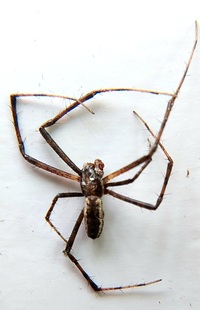 | Recorded by: Mark Basinger, Jim Petranka, and Becky Elkin on 2025-08-03
Richmond Co.
Comment: |
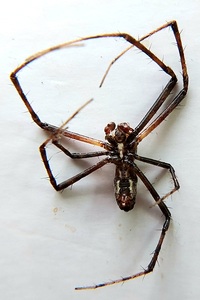 | Recorded by: Mark Basinger, Jim Petranka, and Becky Elkin on 2025-08-03
Richmond Co.
Comment: |  | Recorded by: Becky Elkin, Mark Bassinger and Jim Petranka on 2025-08-02
Richmond Co.
Comment: |
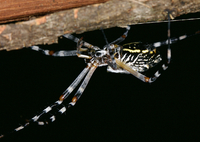 | Recorded by: Becky Elkin, Mark Bassinger and Jim Petranka on 2025-08-02
Richmond Co.
Comment: | 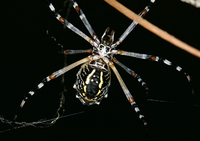 | Recorded by: Becky Elkin, Mark Bassinger and Jim Petranka on 2025-08-02
Richmond Co.
Comment: |
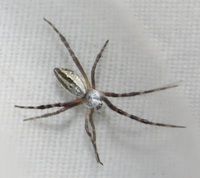 | Recorded by: Brian Bockhahn on 2019-07-10
Moore Co.
Comment: | 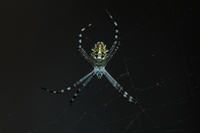 | Recorded by: ASH on 2012-06-26
Moore Co.
Comment: |
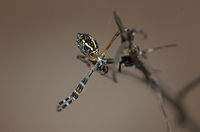 | Recorded by: ASH on 2006-08-26
Moore Co.
Comment: |  | Recorded by: ASH on 2006-07-19
Moore Co.
Comment: |
 | Recorded by: Steve Hall on 1994-08-25
Scotland Co.
Comment: |
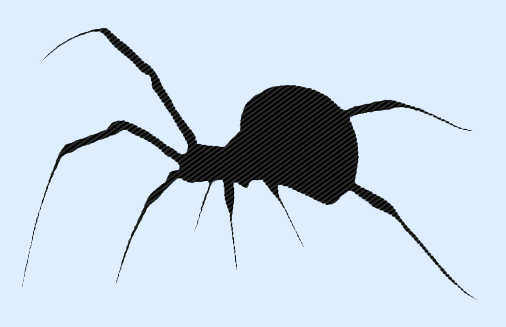
 »
»

 »
»